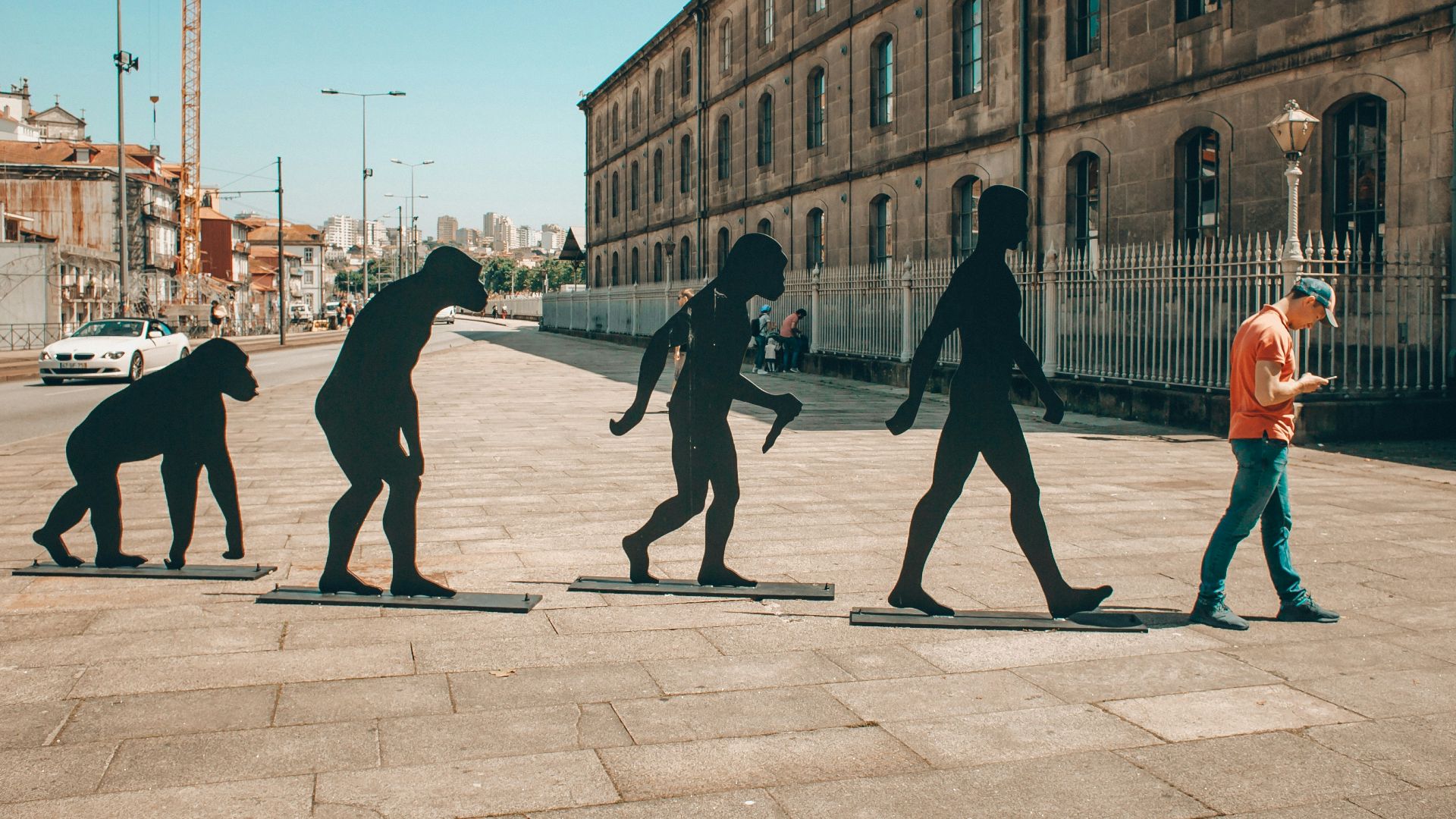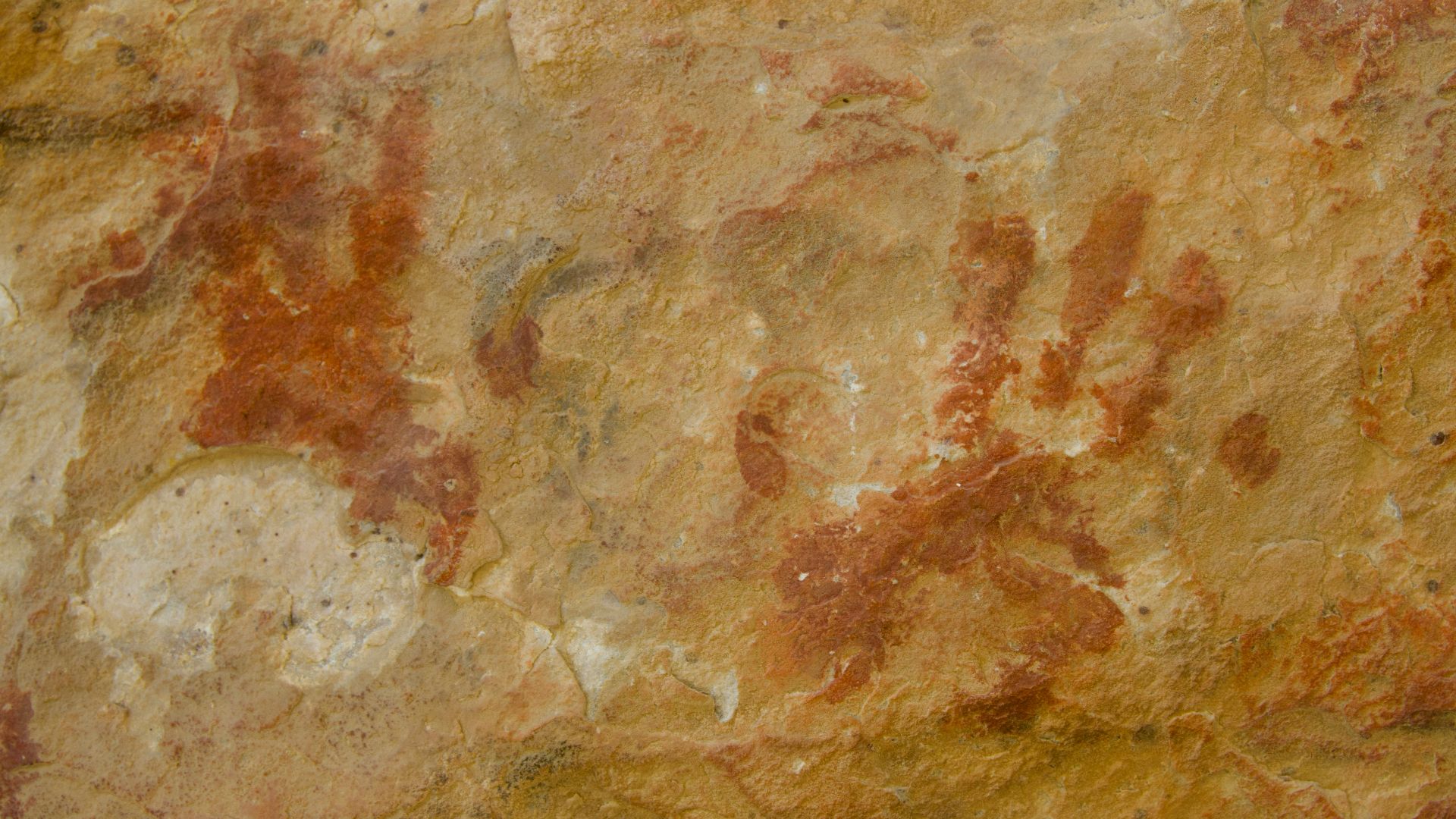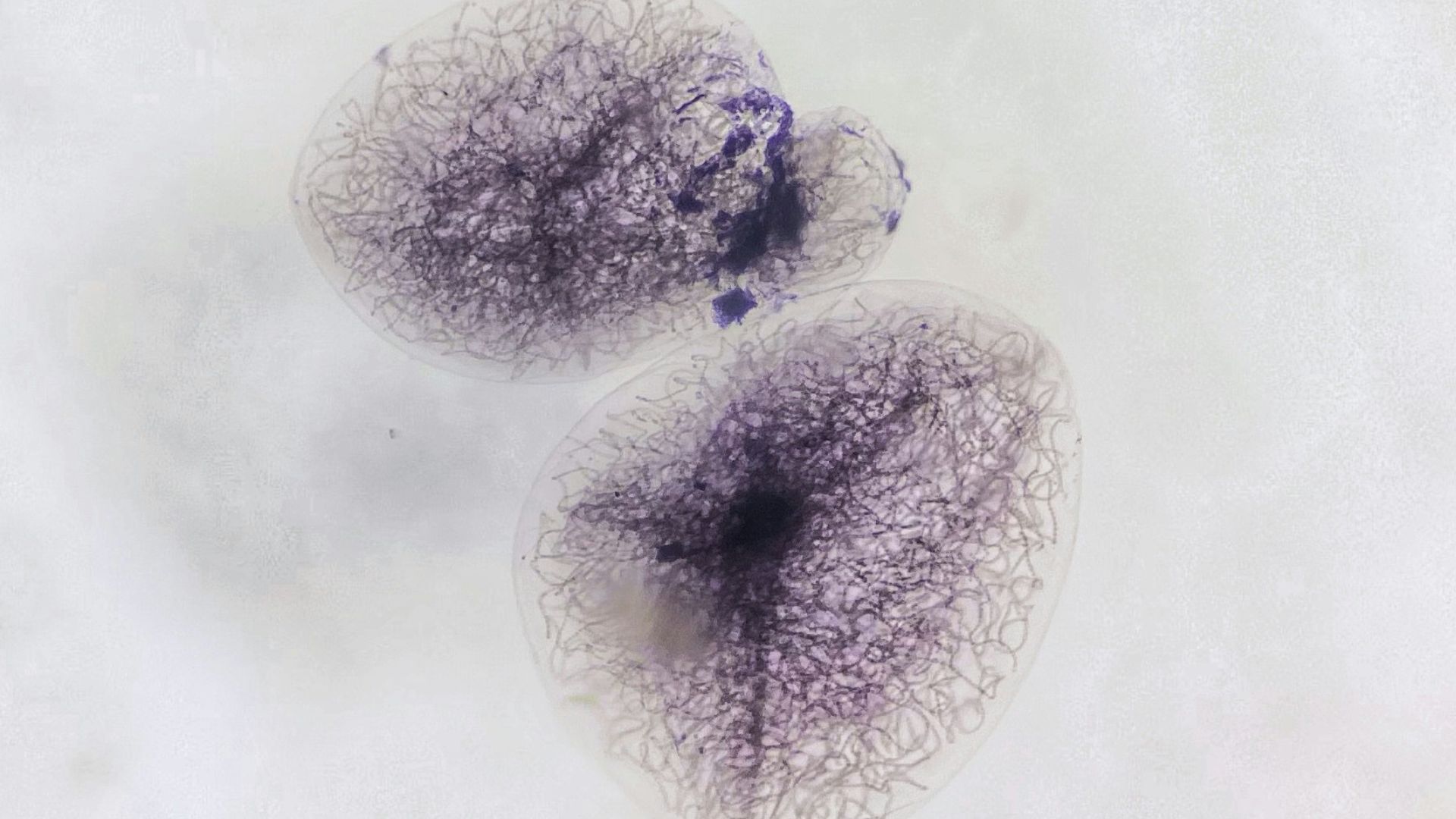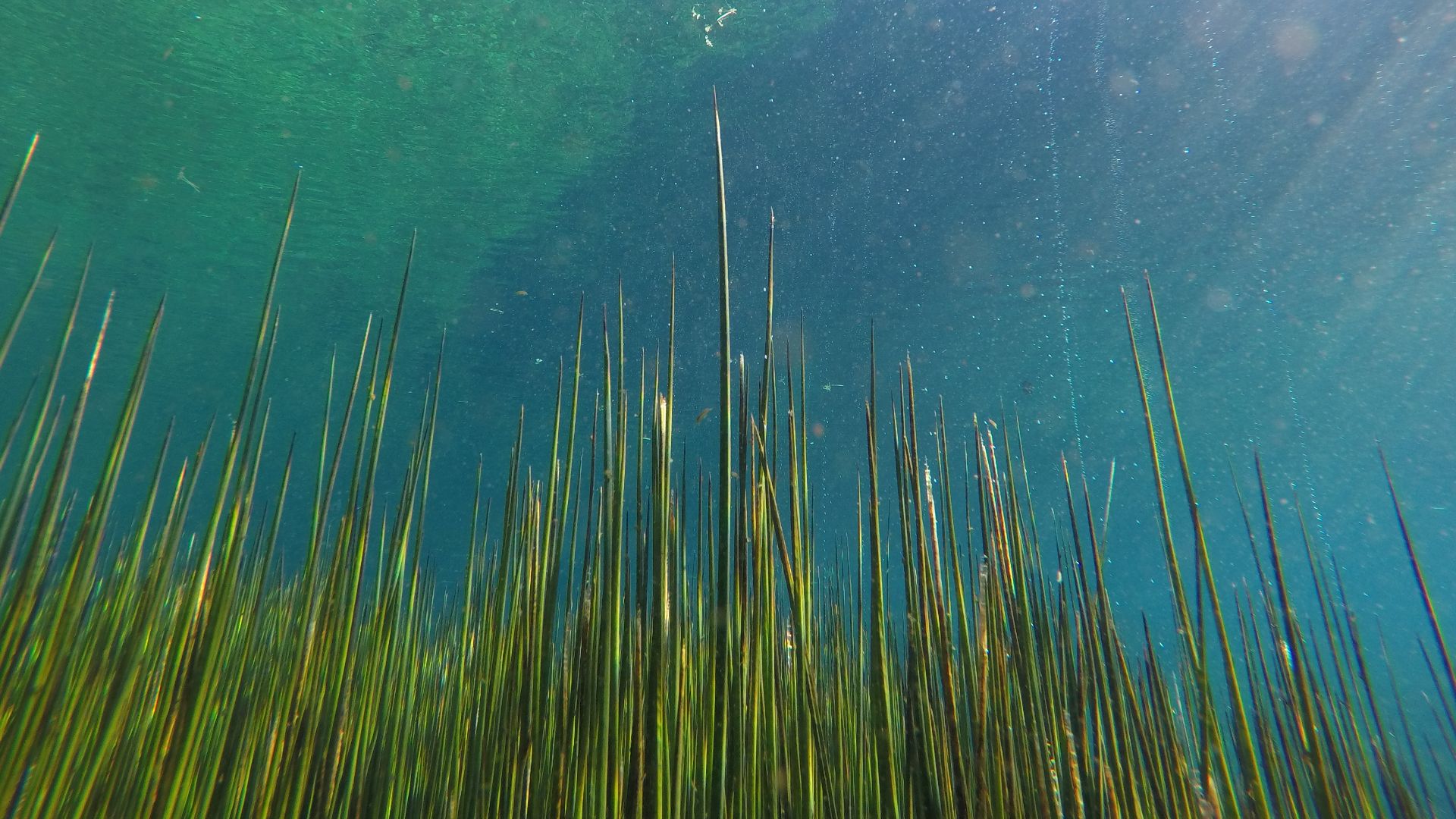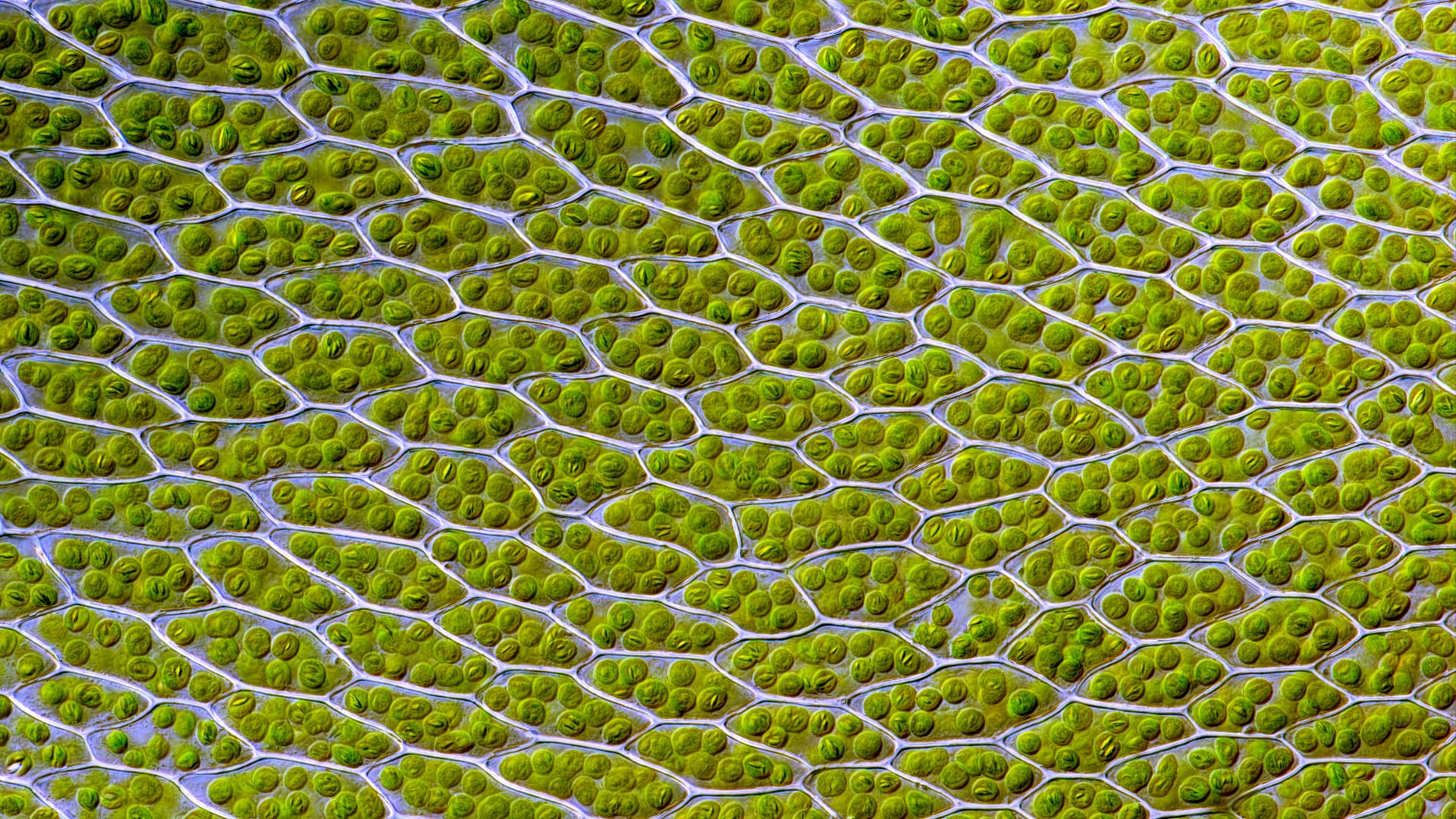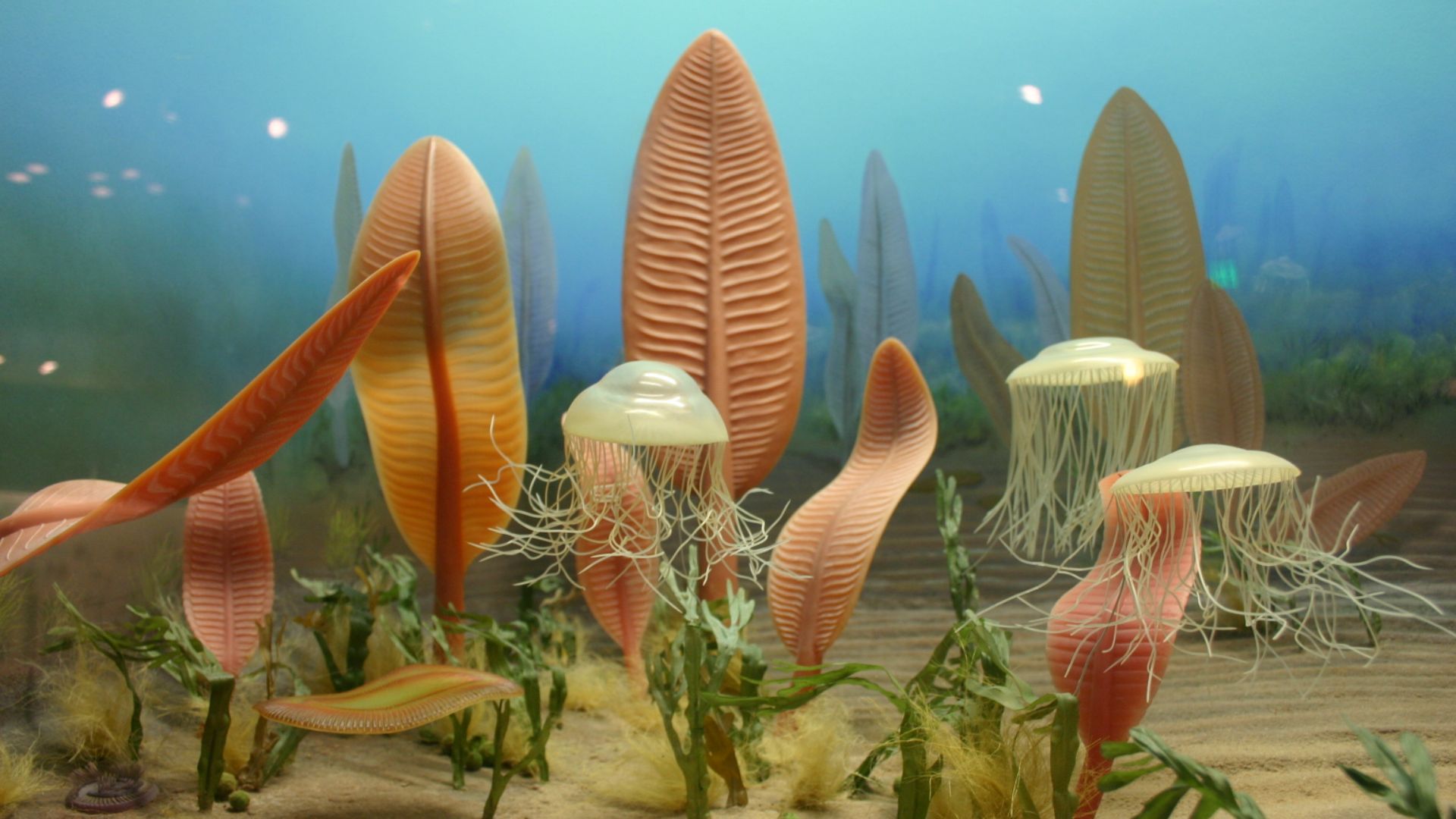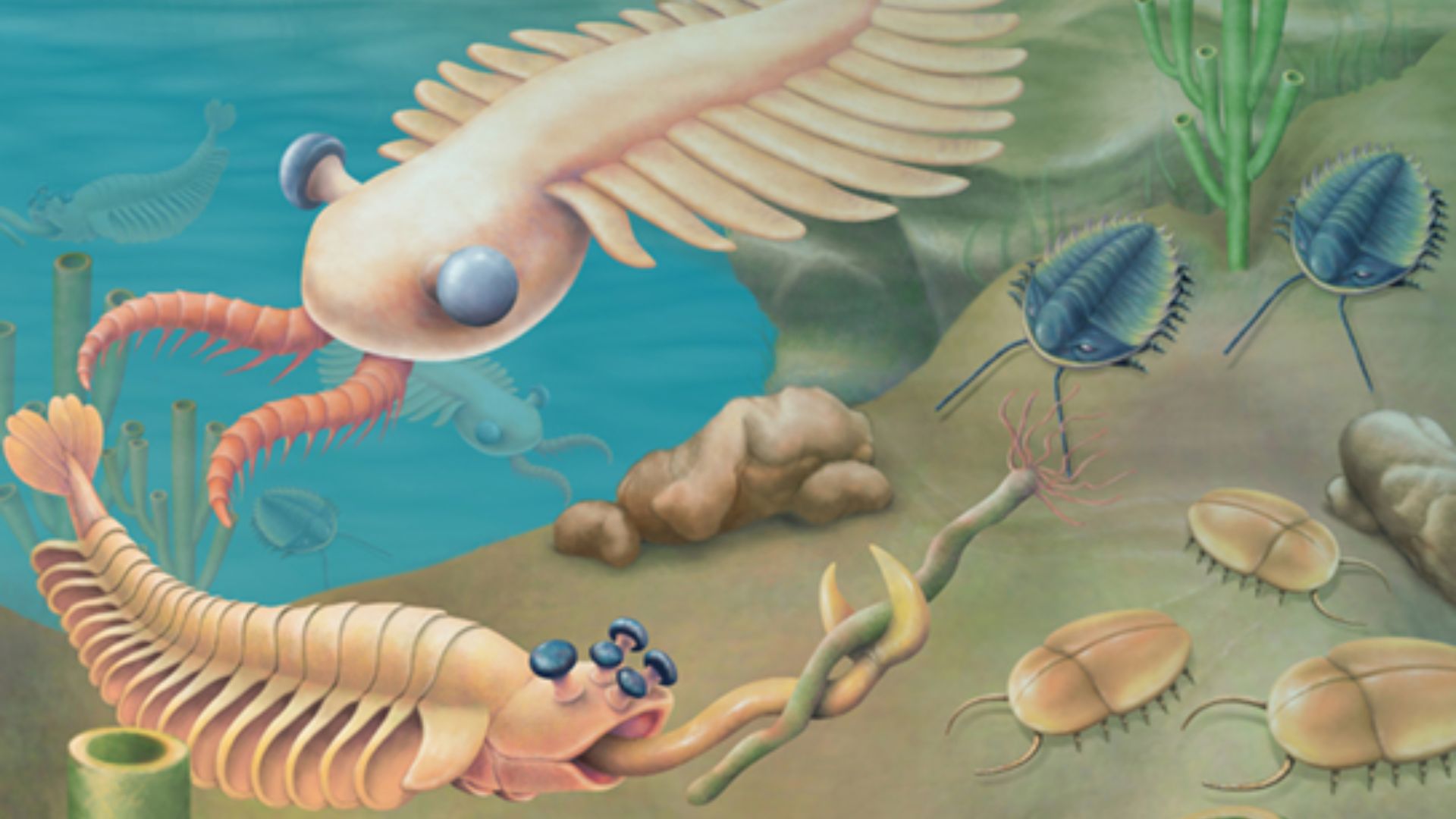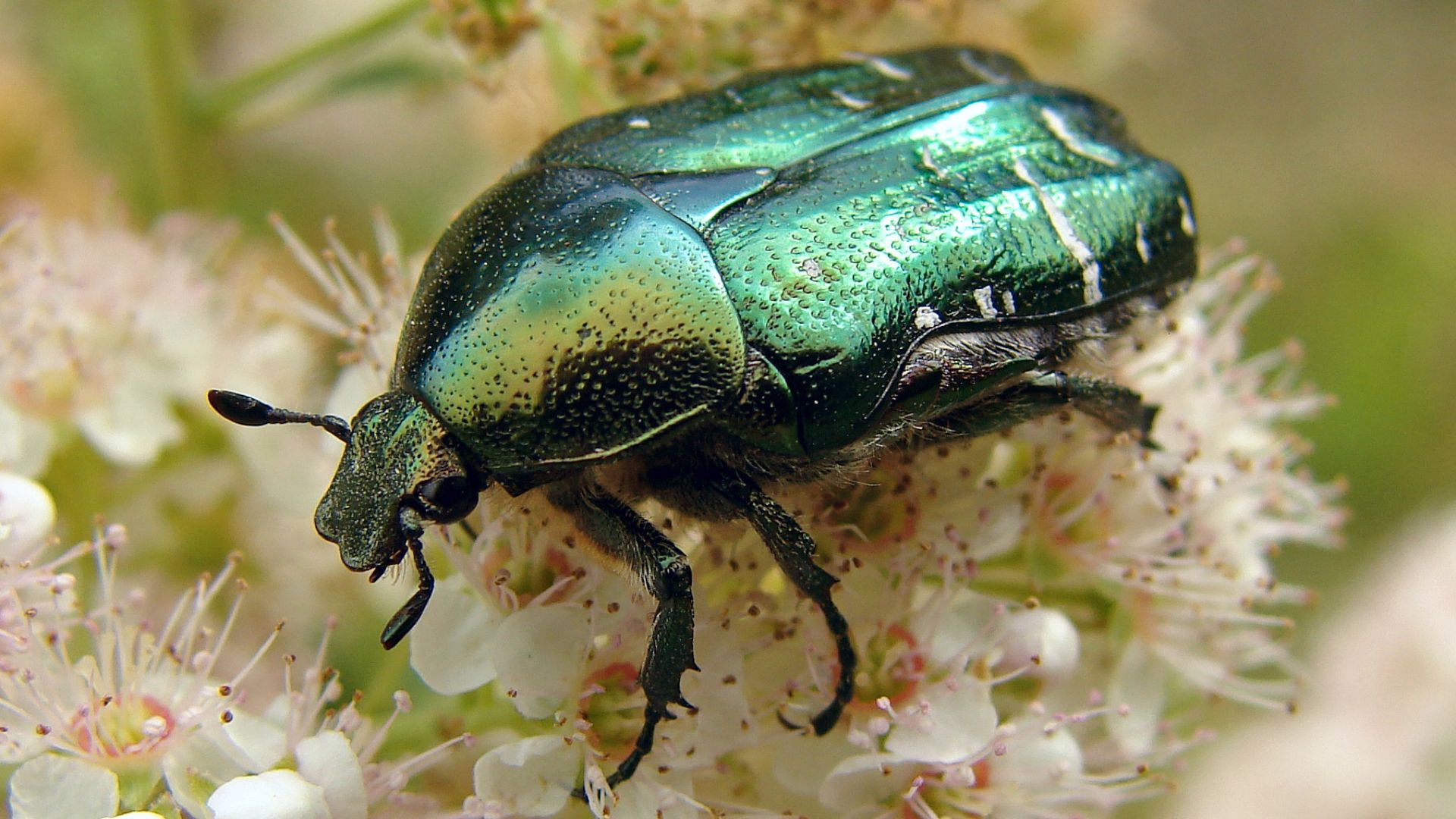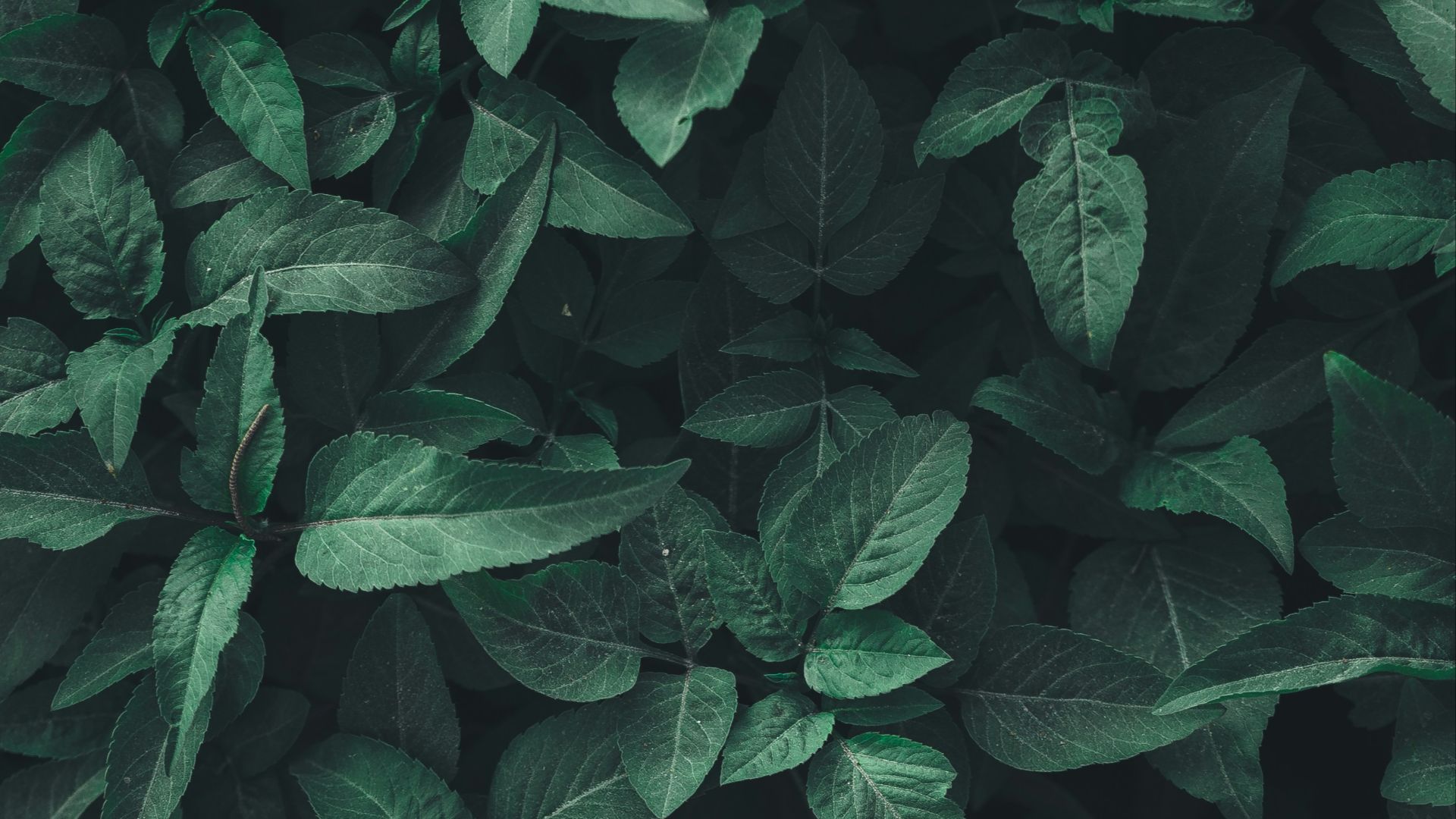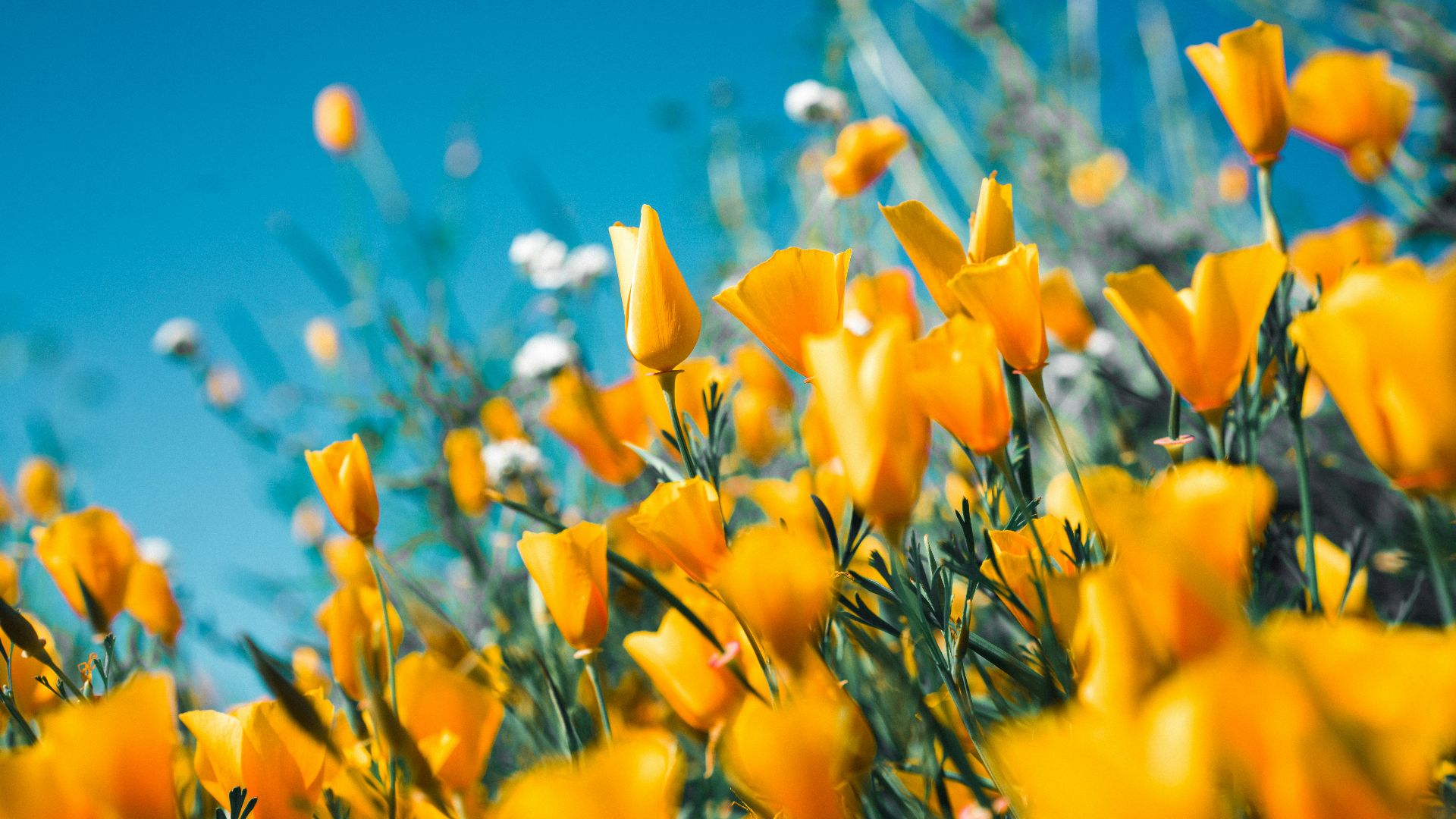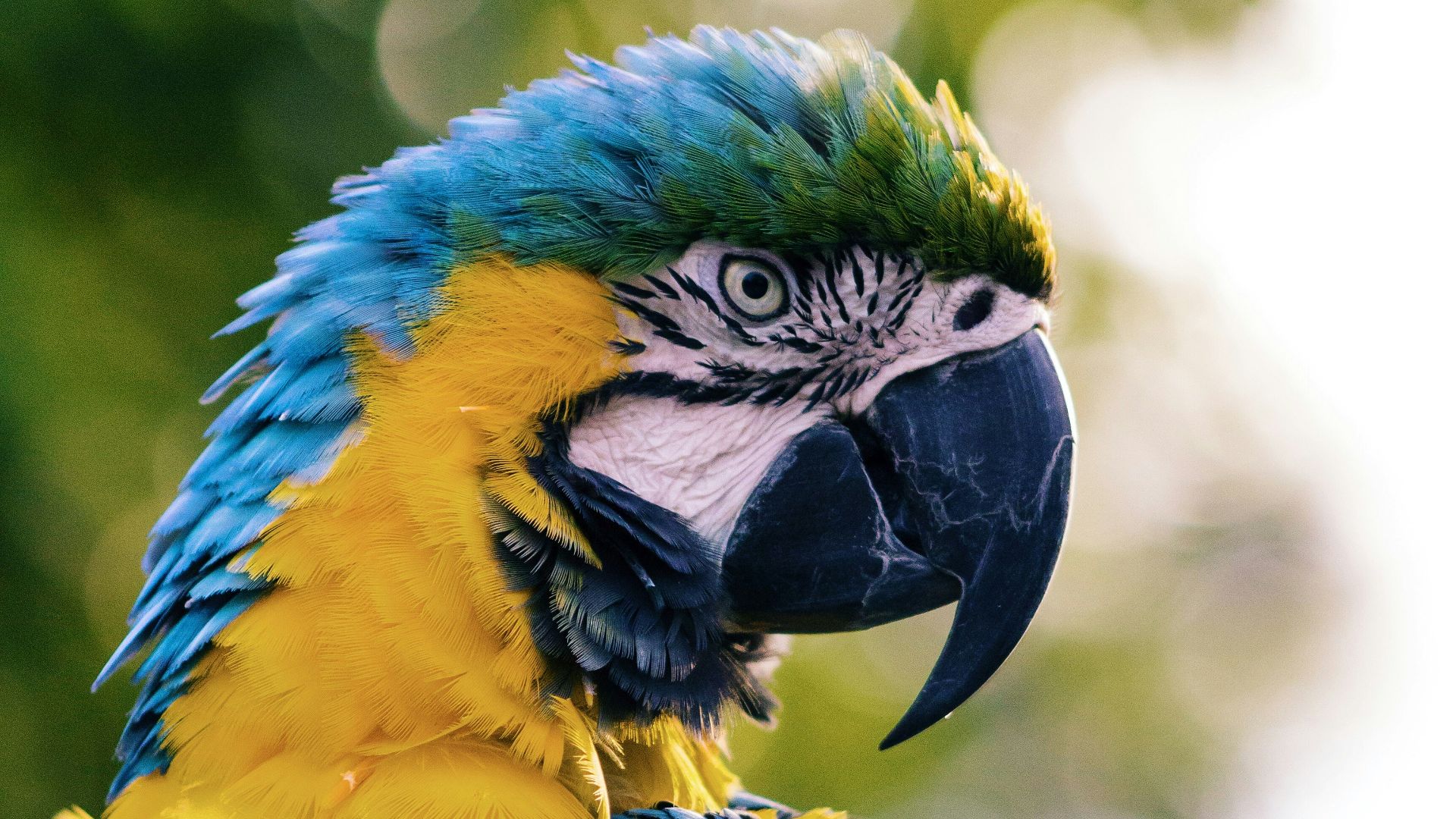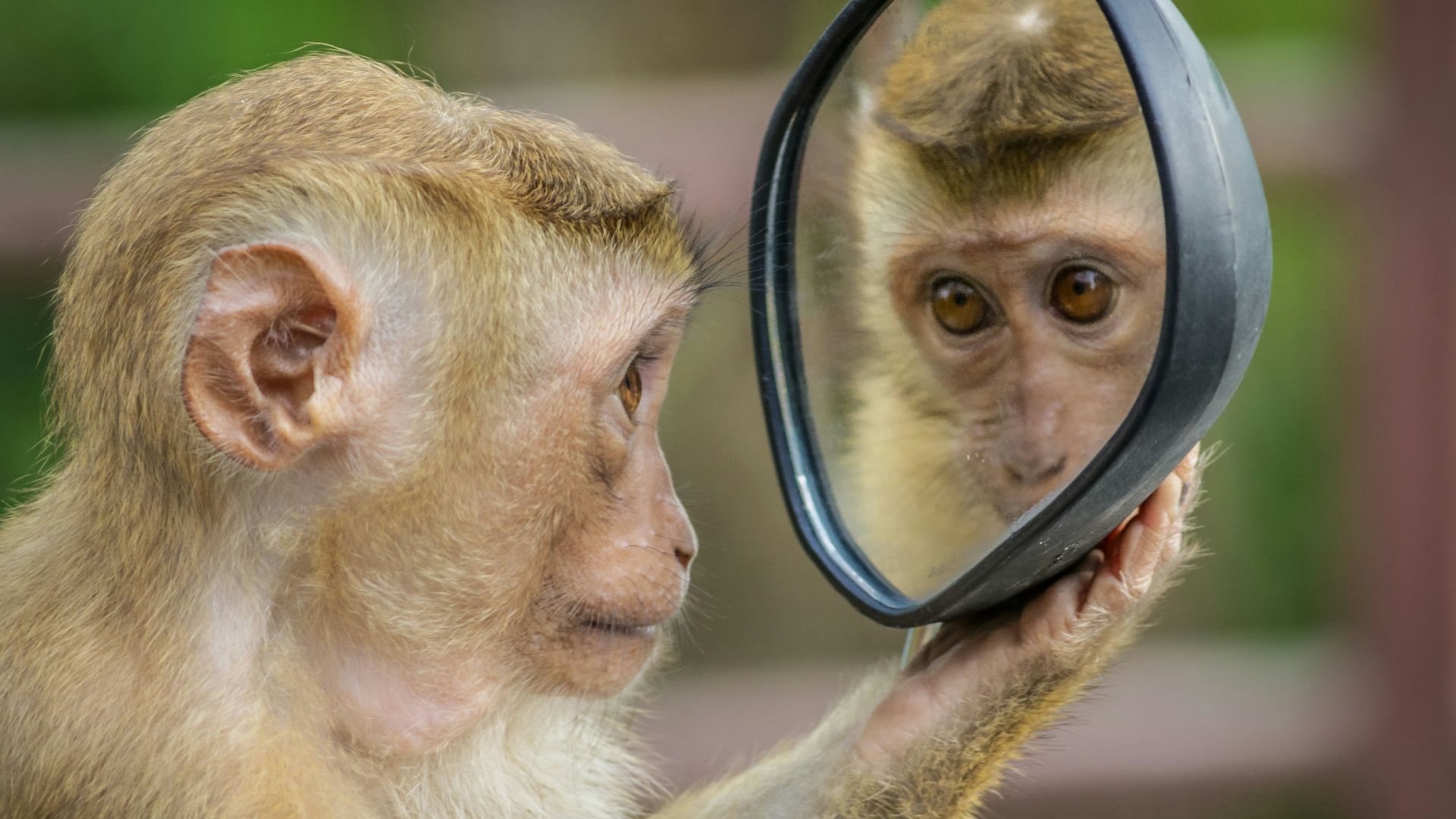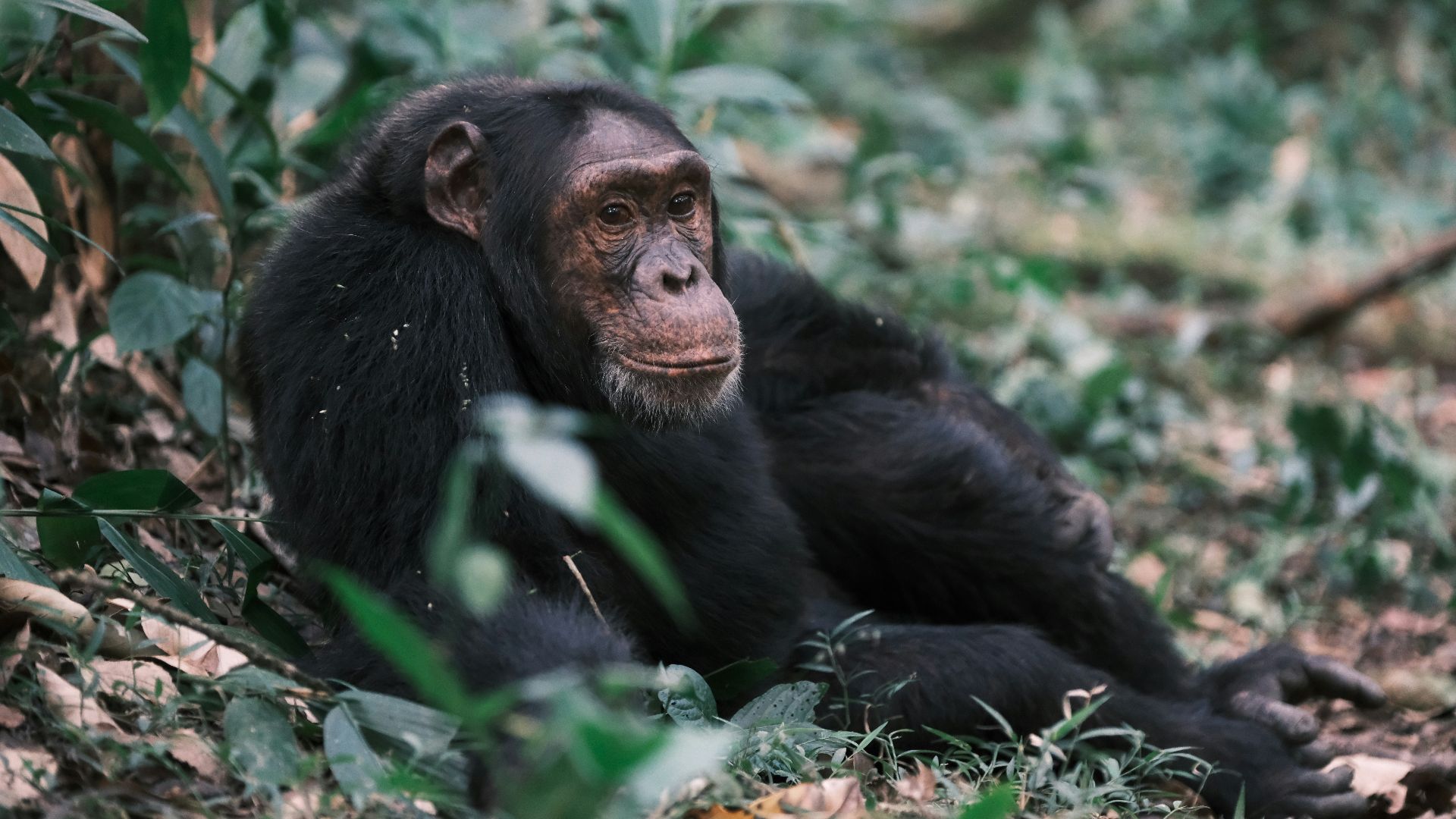How Did We Get Here?
Our planet has been around for a loooooooooong time, and we weren’t even an idea until a couple of million years ago. To fully grasp all the events that needed to occur for us to get where we are today, we’ve provided you with this handy-dandy sheet that encompasses nearly 5 billion years of life on Earth. You’re welcome.
1. Water
The appearance of water on our planet was the very first step in the formation of life as we know it. First appearing on Earth around 4.5 billion years ago, it’s widely debated whether water molecules were delivered to us hot and ready via space collisions or if our planet’s internal hydrogen composition helped to form the ocean instead. Regardless, water is necessary for all life and serves as the foundation for how we came to be today.
2. LUCA
LUCA, or our last universal common ancestor, is a hypothesized cell from which all life forms descended. It existed anywhere from 3.5 to 4.3 billion years ago, and is thought to have possessed the genetic code that created DNA, RNA, and proteins.
3. Single-Celled Life
These teeny-tiny organisms were the first signs of life on our planet, emerging 3.5-3.8 billion years ago. It took a full billion years between the Earth forming and these little guys showing up, but when they entered the villa, they completely reshaped Earth’s ecology.
4. Photosynthesis
Around 2.5 million years ago, a group of organisms (we know them as chloroplasts today) started converting hydrogen atoms and sunlight into energy. Over time, these organisms were able to use water instead of hydrogen, which resulted in oxygenic photosynthesis, also known as the air we breathe.
5. Cellular Reproduction
After our single-celled friends learned how to make oxygen, they started learning how to reproduce. First occurring around 2 billion years ago, eukaryotic organisms— the name for cells that exist within animals and plants - started spreading their seed, so to speak. This evolutionary step was likely out of necessity, as organism coupling could repair damaged sections of their DNA for the next generation.
6. Multi-Cellular Organism
In eukaryotes alone, multicellularity evolved independently at least 25 times, although the first evidence of multicellular organization comes from the cyanobacteria group, the ancient ancestors of chloroplasts. There are several theories as to how single-celled organisms turned to multicellular production, but the result is the same: organisms can exceed their preexisting size limits.
 Wolfgang Hasselmann on Unsplash
Wolfgang Hasselmann on Unsplash
7. Fungi
It’s suggested that all our mushrooms originated from a single common ancestor that appeared 1.2 to 1.5 billion years ago. From this singular parent, fungi slowly colonized Earth during the Cambrian era, around 700 million years later. This kingdom was among the first to form Earth’s earliest soils, allowing plants to move from water to land.
8. Neoproterozoic Oxygenation Event
After a billion years of low atmospheric oxygen, our planet started taking breathing seriously. Between 850 to 540 million years ago, the oxygen in Earth’s atmosphere, along with our oceans, rose significantly. This major event caused rapid expansion in sea life, an increase in day length, and allowed for more biological diversity. This shift in atmosphere likely also triggered two separate glaciation periods.
9. Ediacaran Biota
These little sea guys were the earth’s first complex multicellular organisms. Appearing after the Earth thawed from a glacial period, around 575 million years ago, this biota disappeared around the Cambrian explosion. Despite their disappearance, we can thank the Americans for the planet’s first instance of large organisms and early animal evolution.
10. The Cambrian Explosion
Okay, now we’re getting somewhere. This 25-million-year-long event started around 538 million years ago, marking a rapid diversification of complex animal life. This era brought some fun new elements to our plant and animal species, such as vertebrates, hard shells, and armor.
11. Arthropods And Mollusks
These two animal groups first appeared around 540 million years ago. Arthropods are considered the first animals to move from water to land, creating the foundation for terrestrial ecosystems. Mollusks were among the earliest groups of animals to diverge, quickly adapting and occupying several ecological niches.
12. Tetrapods
This classification represents any and all four-limbed amphibians and amniotes, and is the precursor to the earliest evolutions of reptiles and mammals. They evolved from a species of fish around 390 million years ago, and are the earliest examples of animals with limbs, stronger skeletons, lungs, and sensory organs.
13. Plants
Plants as we know them appeared around 500 million years ago during the middle Cambrian period, evolving from freshwater algae. They started appearing on land 30 million years later, and only started forming root, stem, and leaf structures 30 to 50 million years after that.
14. Mammals
Hey, we know these guys! Mammals are the 6th and final evolutionary step from a particular branch of tetrapods, first appearing around 225 million years ago. The first mammals were quite small, living alongside the dinosaurs, only getting more diverse after dinosaurs went extinct, 65 million years ago.
15. Dinosaurs
We couldn’t forget these guys, now could we? Dinosaurs appeared around 230 million years ago, evolving from the reptilian branch of tetrapods. Besides looking super cool, their more recent appearance in our planet’s timeline gives us a closer look at the evolution of birds, how dominant species shaped ecosystems, and shows us how our planet handles mass extinctions.
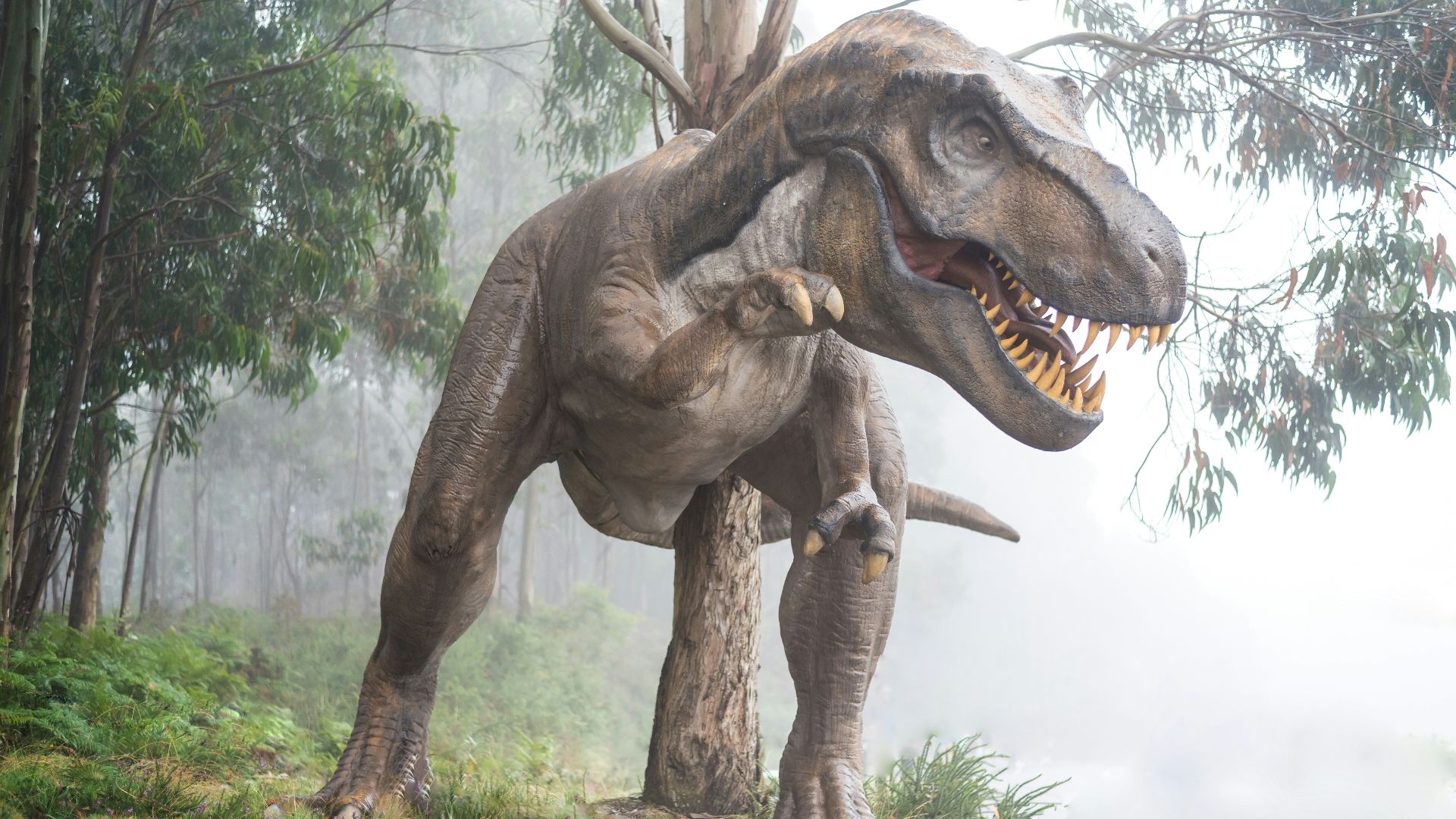 Fausto García-Menéndez on Unsplash
Fausto García-Menéndez on Unsplash
16. Flowers
You may be surprised to know that modern flowers didn’t appear until 140 million years ago, during the Jurassic period. The first flowers were small, only growing in size and complexity around 100 million years ago. The first flowers were pollinated by insects, and their appearance formed a new method of reproduction and the development of fruit.
17. Birds
We all know that birds came from dinosaurs, but more specifically, they come from a group of dinosaurs named Paraves. Birds likely showed up around 150 million years ago, and their continued existence proves that species have been able to survive, grow, and diversify post-mass extinction events.
18. Primates
We’re almost to us, promise. Primates first came about anywhere between 57-90 million years ago, likely evolving from a long-extinct group known as Plesiadapiformes. Besides being the precursor to human evolution, primates evolved to have color vision, pelvises, and, of course, opposable thumbs.
19. Hominoid
Humans come from hominids, or the great apes, which were a part of the larger superfamily of Old World simians. They first appeared around 6 to 8 million years ago, while the genus Homo appeared around 2.8 million years ago.
20. Humans!
Homo sapiens appeared 300,000 to 200,000 years ago in Africa, but we didn’t start exhibiting what we call "behavioral modernity” until 60,000 years ago. This shift to our “modern” way of life is represented by symbolic art, complex tools, and advanced language that occurred during the Paleolithic period.


